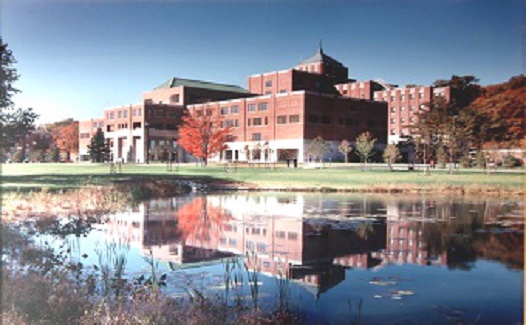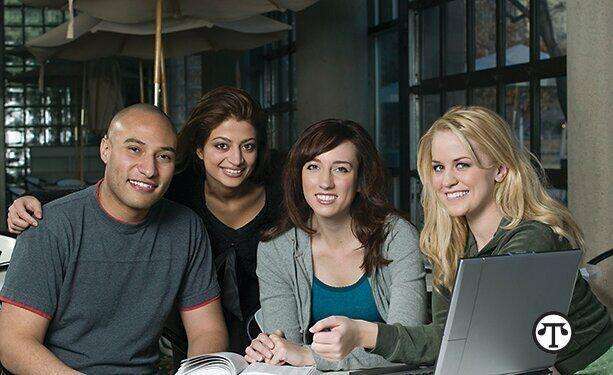VETERANS CORNER: Where to turn when denied benefits

Veterans Administration facility at Togus. (Internet photo)
 by Gary Kennedy
by Gary Kennedy
Well since we have returned from our humanitarian trip to S.E. Asia much has happened surrounding the Veterans Administration and veterans.
Where does one go when they are told by the VA that they don’t qualify for VA programs as they make too much money? Well, I have represented several such veterans over time. All but one are 100 percent service connected or will soon be. Unfortunately, in many cases the V.A. has been very remiss in the training they have given their employees; both on the medical and administrative sides. I have found that some doctors don’t even know how to properly initiate medical records with proper follow through. This can not only be detrimental to the veteran’s ability to approach the system but also can be misleading when a veteran asks for help.
I personally have found some doctors/medical professionals who are arrogant and have no idea how to diffuse the anxiety of a disabled veteran. Some act as if they are speaking with a street urchin. Some of the pain and suffering a veteran goes through is inside. Even though often time the veteran may become argumentative one needs to be trained on the why of it and find a way to get on even ground with the veteran. He or she is, after all, a patient and is there because of a problem. Many of the medical staff have never served in the military and really don’t understand why a patient can be so irate. Most of them are use to dealing with civilian patients and or varied reasons have decided to work where they don’t have to worry about medical malpractice. This, however, is a two way street. You leave one world of service for another. Unfortunately, the VA system is not giving an adequate transitional training. Recently we have lost some fantastic doctors, some of many years of service and some of only a few weeks, why? One story I heard was the ethical environment. I wonder if it is true, doctors are trained to watch out for seekers?
I mentioned early on that I have represented veterans who have been refused care at the V.A. because they made too much money. That is absolutely true. The last person that I encountered with this reason was met by my wife in the emergency room at the V.A. Togus. He is an old man in his 80s and was only at the V.A. to help a son who was also a veteran and very sick. He was friendly, talkative fellow. While waiting for his son he struck up a conversation with my wife who was delivering some reading material for veterans and their accompaniment.
This fellow told a very riveting story regarding his son’s condition and his own refusal of medical help some 50 years prior. My wife being knowledgeable regarding the V.A. to a minor degree felt very sad for this elderly veteran and told him he should speak with her husband. I met him and talked with him for a while. Eventually, I began to take notes and asked if he wanted to pursue this matter? He said he thought it was too late for him but I, of course, felt otherwise. I received his power of attorney and did a 21-526EZ. His history gave me 14 possibilities and so I filed. In less than one year this veteran was at 90 percent, assuredly 100 percent in the near future. All these years have gone by and this veteran believed he was not eligible for medical aid. He was seriously injured in the military.
Long story short, always get a second opinion and never go it alone. There are some great resources out there and some are veteran advocates with good training. V.B.A. is supposed to go by the letter of the law but at the same time in 38 CFR and 38USCS it states that VBA is there to assist you not only with educational and financial situations but to aid you with sound trained advice regarding claim initiation. The U.S. government realizes we are not all rocket scientists and some of us need help and good sound advice. There are other service organizations such as DAV, American Legion, VFW and Maine State Veterans Services and more. However, you have the right to go directly to the man, so to speak, Veterans Benefits Administration. They are well trained and they are there to help you. At Togus they are located on the second floor of building 248. The phone number is 207-621-6938. They have walk in service but it is appreciated if you call first and make an appointment.
V.A. is open now so you may feel free to enter either through building 200 or building 205, which is where primary care is located. The direct door to VBA has yet to be opened. Administration controls those difficulties if you are in a chair. All doors should be open now that covid has been lifted. If you have a problem call 623-8411, press “0” when you hear the recording and a live person will answer. Ask to be connected to the Director Office for explanations. You also have a right to do that.
This has been lengthy so I will have to end it here and get back with you next week. I will be meeting with some of you after the Juneteenth event and we can continue our discussion on the other issues that plague us all. Please ask for help if you need it. There are some of us out there who will hear and answer your call. You are never in this alone. If you have a problem or in any way feel that something is wrong reach out to one of us. We see each other every week and we truly care. God Bless and stay safe.
The views of the author of this column are not necessarily those of The Town Line newspaper, its staff and board of directors.





 Many families may be surprised at how much young adults need health insurance—and how easy it can be for them to get it.
Many families may be surprised at how much young adults need health insurance—and how easy it can be for them to get it.







